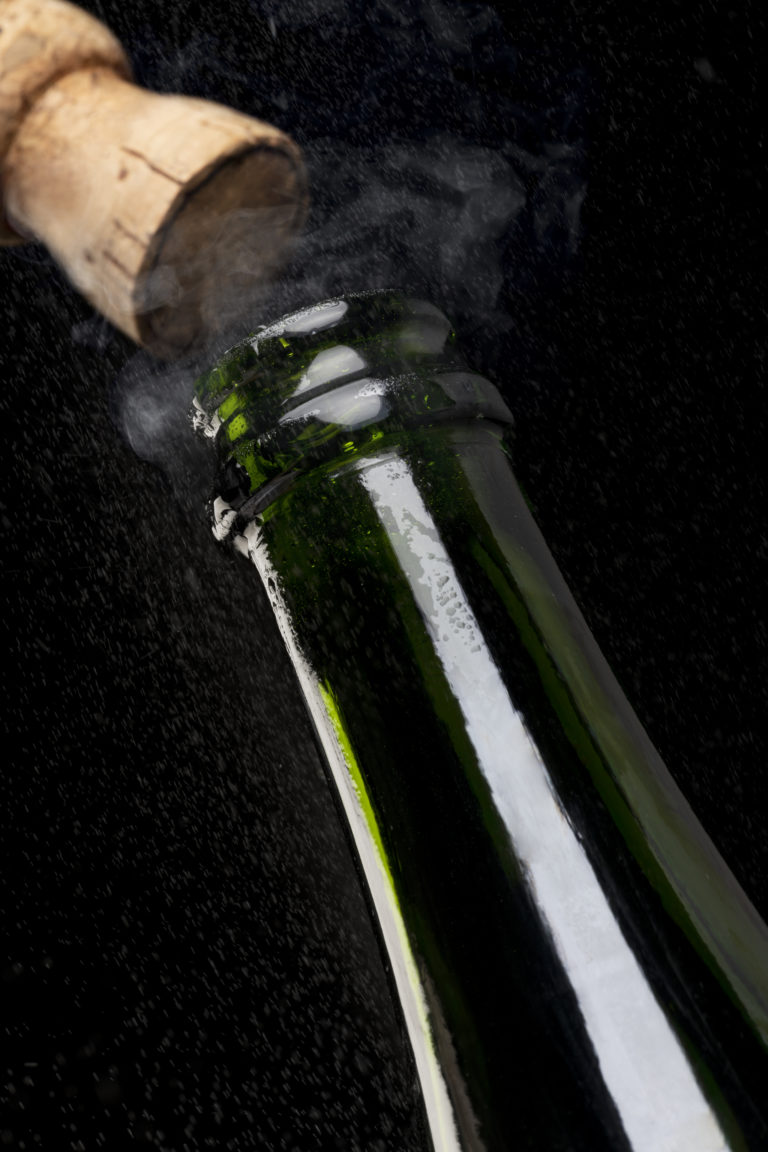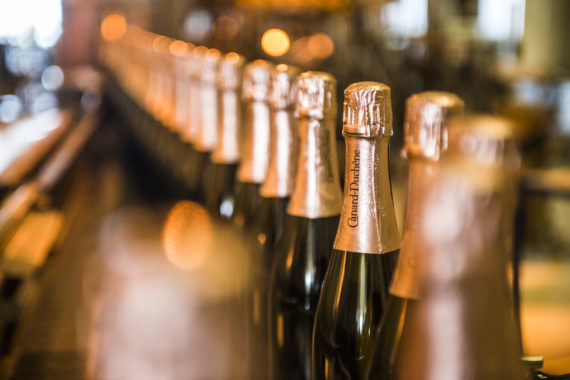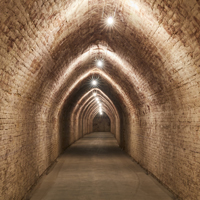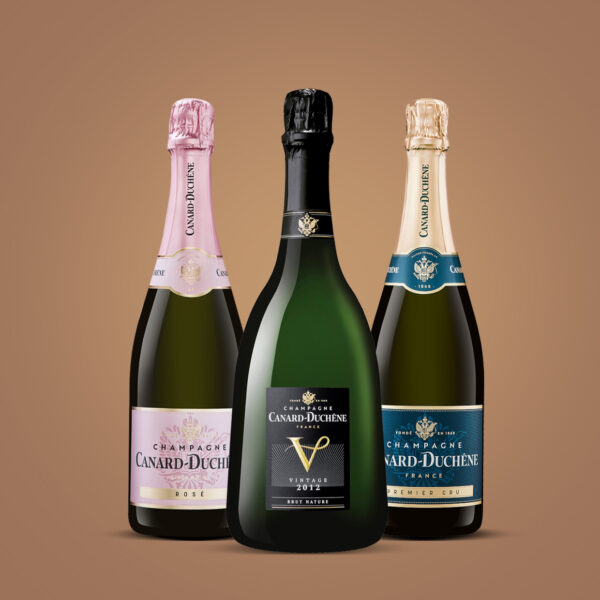The Mag
Everything you need to know about champagne dosage!

The final and essential step in the champagne-making process is the dosage, i.e. the moment when we add a tiny amount of liqueur to the champagne before corking it permanently and letting it age again… A decisive phase that will strongly influence the champagne to be produced.
Liqueur d’expédition,
a magnificent alchemy
After disgorging the bottles of champagne, the ritual that removes the deposits in the neck of the bottle, the dosage can begin. The bottle is open, it has lost a little liquid during disgorging, it is time for it to receive a liqueur called liqueur d’expédition or dosage liqueur. Each house has its own secret formula, but it is mostly composed of reserve wine and very pure sugar. The choice of the reserve wine is essential, it is the one that will balance the wine and adjust its texture by bringing complexity.
On what criteria is the
dosage made?
- 7 types of dosage are available today, each corresponding to a specific amount of added sugar. A low dosage champagne will be by nature very low in sugar.
- The Brut Nature otherwise known as “zero dosage”. This champagne contains no added sugar and less than 3 grams of residual sugar per litre. It is the “driest” of the champagnes.
- Extra brut: between 0 and 6 grams of sugar per litre. With little sugar, it is quite “frank” and sharp.
- Brut: less than 12 grams of sugar per litre. It is the most consumed champagne, perfect as an aperitif with its balanced notes.
- Extra dry or Extra sec: between 12 and 17 grams of sugar per litre. This is a false friend, because Extra Dry is in fact dosed with sugar and not “dry” as its name might suggest. Smoother in the mouth, it is similar to a true gastronomic champagne
Make way for the clan
of the "sweet" champagnes
Some champagnes stand out because of their high sugar content. They correspond to an older trend where people liked to drink champagne with a high sugar content.
- Dry: between 17 and 32 grams of sugar per litre. It was also called “American taste”, which corresponded to the preferences of our friends on the other side of the Atlantic who were fond of it.
- Demi-sec: between 32 and 50 grams of sugar per litre. It is a dessert champagne that goes very well with fresh fruit or shortbread.
- Le Doux: more than 50 grams of sugar per litre. These sweet champagnes are also called “Russian taste”, the country where they shone particularly in the last century.

Dosing to "twist”
or transform
The dosage can play a more or less important role in the champagne-making process. Some maisons keep a deliberately neutral dosage so as not to alter the uniqueness of their wines. Others, on the other hand, rely on extremely elaborate liqueurs d’expédition, including great wines stored in barrels years before. Tests are carried out to select those that will best match the maison’s signature. A real work around the fusion and the balance which makes for the strength of a great champagne.
Ideas for meals with friends
It is not always easy to pair a wine with food. The Bruts (extra, natural…) are the perfect accompaniment to seafood, shellfish, grilled fish and generally all iodised products. An Extra sec and a Demi-sec are the perfect accompaniments to pan-fried foie gras. The latter also lends itself very well to desserts. At the beginning of the century, sweet champagnes were appreciated. Our contemporary gastronomy has nothing to do with that of the past, hence the appearance on our tables of less and less sweet champagnes.
These articles may be of interest to you

Knowledge
Everything you need to know about the champagne-making process!
Developed by clergymen in the 17th century, the production of champagne has evolved over time but the original principles have changed little.

Knowledge
What is the composition of champagne?
The answer could be simple, champagne is made of grapes. But the different transformations that take place during the elaboration of champagne make…



